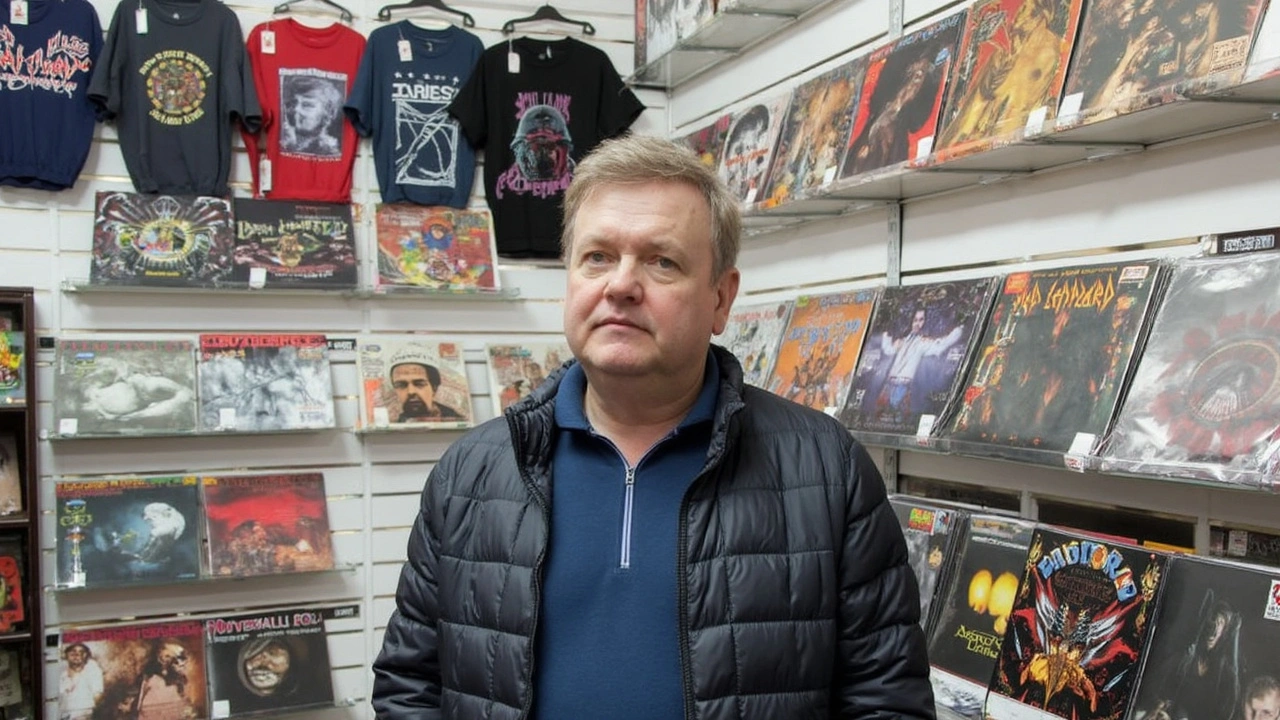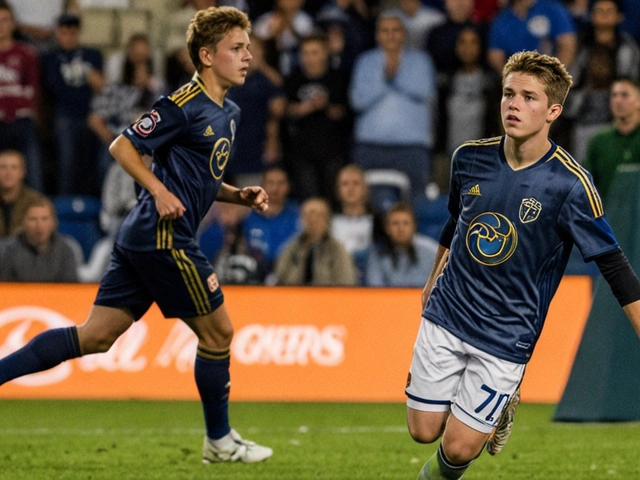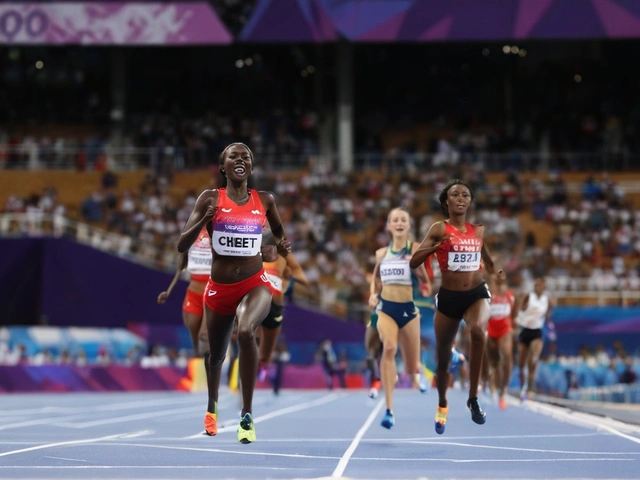Child Poverty: What It Means and How We Can Fight It
When you hear the term ‘child poverty’, you might picture kids missing meals or school. That’s the core of it – children living without enough food, safe shelter, or education. In many African cities, the problem is growing fast because more families move to townships where jobs are scarce and housing is cramped.
Why does it matter? Kids who grow up poor are more likely to stay poor as adults. They miss out on learning, health care, and the chance to build a stable future. Breaking that cycle starts with understanding the main causes and then taking concrete steps.
Top Reasons Kids End Up in Poverty
First, unemployment. When parents can’t find steady work, the household income drops sharply. Second, rising living costs in cities make even basic things like water and transport expensive. Third, limited access to quality schools means children can’t get the skills they need for better jobs later. Finally, poor nutrition weakens immune systems, so kids get sick more often and miss school.
All these factors intertwine. For example, a single mother working a low‑pay job may live in an informal settlement. She can’t afford school fees, so her child stays at home and helps with chores, missing out on education and perpetuating the poverty loop.
Practical Ways to Tackle Child Poverty
Communities, NGOs, and governments can all play a part. Here are a few actions that make a real difference:
- Urban farming projects: Growing vegetables in city rooftops or vacant lots gives families fresh food and a small income boost. It also teaches kids valuable skills.
- Free or subsidized school meals: When children know they’ll get a meal at school, attendance climbs and nutrition improves.
- Skills training for parents: Short courses in trades, digital literacy, or small‑business management can open up better job options.
- Community health clinics: Low‑cost check‑ups catch illnesses early, keeping kids in school and parents from losing work days.
- Micro‑loans for home upgrades: Small, affordable loans help families fix roofs or install safe water connections, turning unsafe shacks into livable homes.
Each of these ideas works best when local people are involved in planning and running them. That way, solutions fit the real needs of the neighborhood, not just a top‑down agenda.
On a bigger scale, governments can invest in affordable housing, enforce child labor laws, and raise the minimum wage. Policies that protect children’s right to education and health are the backbone of any lasting change.
If you’re reading this and want to help, start small. Volunteer at a city garden, donate to a local school program, or spread the word on social media. Even a single conversation can spark a new project that lifts children out of poverty.
Remember, child poverty isn’t a distant statistic – it’s a daily reality for millions of kids. By understanding the root causes and supporting practical solutions, we can give them a fair shot at a brighter future.






